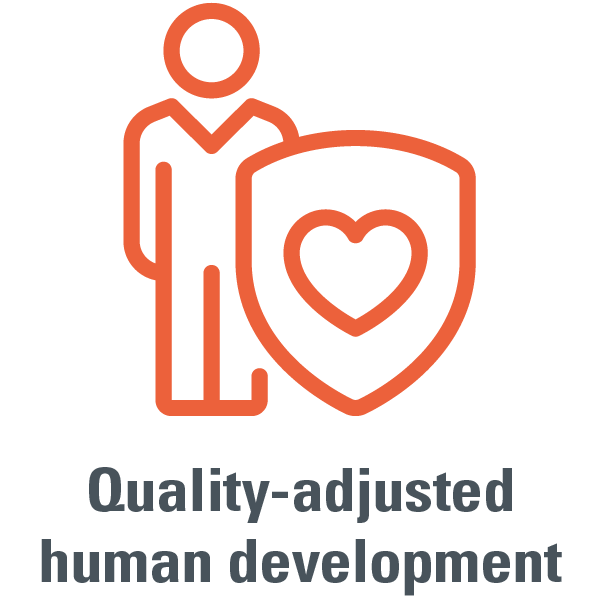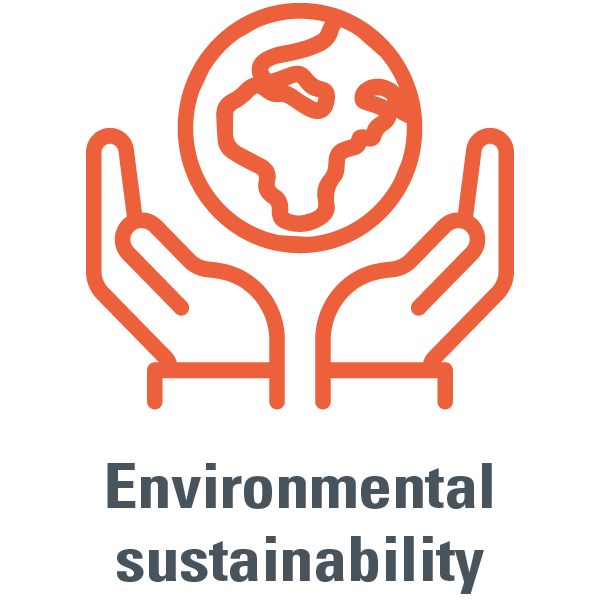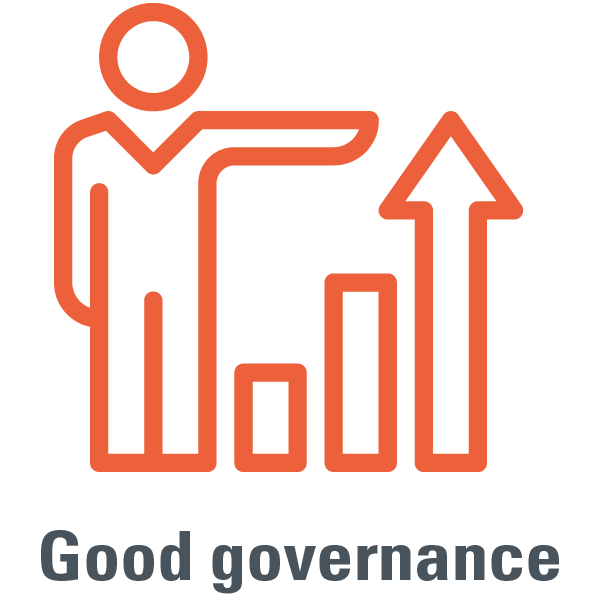A significant share of the world population still lives in difficult and in some cases deteriorating development conditions.
World Development Challenges
Development from a broader lens
Foreword
Over the past three decades, the world has transformed. People’s aspirations have changed and so have their development challenges. The global geopolitical landscape has shifted, broadening endorsement of collective approaches such as the Millennium Development Goals and the Sustainable Development Goals (SDGs). Deepening and emerging challenges have spurred us to write this report as a contribution to ongoing global dialogue on development progress beyond gross domestic product (GDP). It also provides a tool for countries to re-evaluate development outcomes and pursue constructive regional and national discussion on related policies. The report proposes a new global Development Challenges Index (DCI) that measures shortfalls in desirable achievements in three areas: the quality of basic human development, environmental sustainability and good governance. One of the main findings is that governance is one of the world’s most pressing development challenges. The only challenge on the rise globally, it contributes most to a poor showing on the DCI. This is largely due to increased shortfalls in democratic governance over the past two decades, not so much because of gaps in effective governance. Another core insight centres on the significant share of the world’s population living in difficult conditions with serious development challenges. Only 15 countries have a very low level of challenges; 49 countries face high and 25 countries very high challenges. Globally, serious deprivations in the quality of human development remain. No region has a very low score on qualityadjusted human development challenges. Much must still be achieved, even in the two most developed regions of the world, Europe and North America. Education challenges comprises the most significant share of quality-adjusted human development challenges in most regions, followed by income challenges. Environmental sustainability remains a major global concern even as regions have shown little sign of progress. The burden of increased climate change and energy intensity is higher for North America, and to a lesser extent for Europe and Central Asia, while the burden of poor environmental health is the main concern for developing regions. As the ultimate aim of this report is to trigger policy debate, we hope it will lead to follow-up dialogues to address fundamental challenges at the global, regional and, most importantly, national levels.
Rola Dashti, Executive Secretary UNESCWA




















